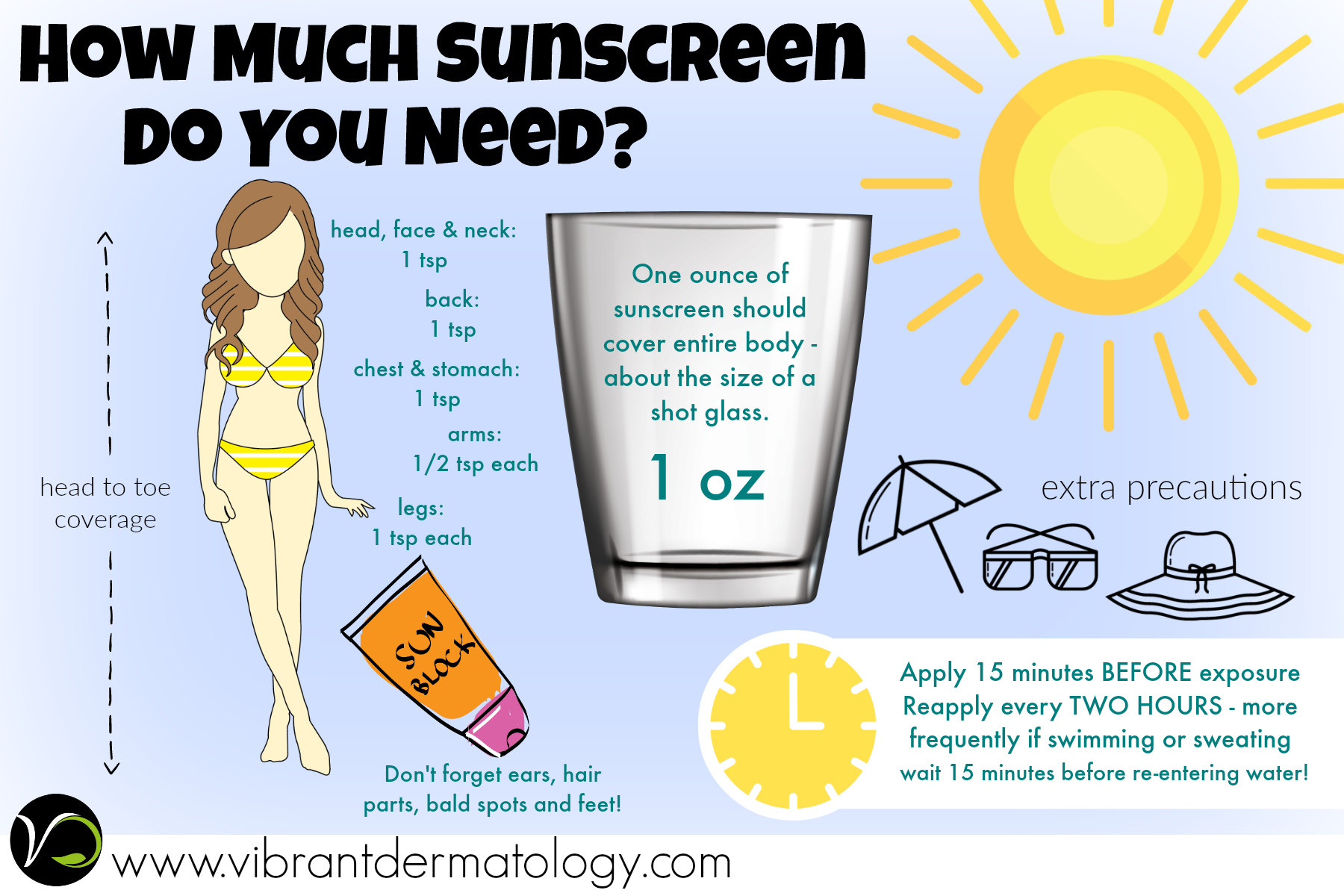This time of year always brings an influx of patients that are suffering from sun-related damage. This week brought two serious conditions that I thought would be worthy of sharing here – each of them had a lasting impact on me because in both cases they were entirely preventable. Ultraviolet rays (UV) from the sun are very powerful and can do a lot of damage. This damage is preventable with sunscreen.
One of my patients this week was a teenage girl presenting with a rash on her face. She had recently suffered from a bad sunburn which then turned into a pretty nasty looking rash that spread throughout her cheeks.
Sunburn and Shingles
The rash, it turns out, was shingles. Anybody that has had chicken pox will have the varicella zoster virus in their central nervous system. This virus remains dormant until there is trauma or other factors that weaken the immune system. In this case, the sunburn was enough trauma to trigger the virus and reactivate a shingles outbreak.
Can Sunburn Trigger Shingles?
A very unfortunate reaction, shingles are not fun. If caught early there are some options to treat with antiviral medication. People often try to wait out this rash and only seek treatment when it is too late to medicate. The rash that appears with shingles is blistery and often very painful with burning and itching that can last a month. A tough price to pay for too much fun in the sun!
If you experience a sunburn, the best thing you can do is treat your skin to help reduce the pain and also heal the skin. From the AAD:
- Take frequent cool baths or showers to help relieve the pain. Gently pat yourself dry and immediately apply a moisturizer to help trap water in your skin.
- Use a moisturizer that contains aloe vera or soy to help soothe sun burned skin. An over-the-counter hydrocortisone cream can be used on areas that are especially uncomfortable.
- Consider taking aspirin or ibuprofen to help reduce any swelling, redness and discomfort.
- Drink extra water.
- If your skin blisters, allow the blisters to heal. Blistering skin means you have a second-degree sunburn. You should not pop the blisters, as blisters form to help your skin heal and protect you from infection.
- Take extra care to protect sunburned skin while it heals.
Sunscreen application should be a top priority when spending time outdoors. I find that many people do not actually apply sunscreen correctly and therefore risk burns. The infographic below is a nice demonstration of how much sunscreen you should be using for an adult. One shot glass full should be adequate for the average adult body.
The second patient that left me with a lasting impression this week was a 28 year-old male diagnosed with Stage 2 Melanoma. This young male is an athlete and spends a lot of time outdoors – without ever using sunscreen! This man has damaged his skin and will now have to endure treatment for this melanoma (including a large scar where the melanoma will be removed) and be diligent about sun protection and skin checks the rest of his life.
The weather is going to be beautiful in Boston this weekend. Grab some sunscreen and get outside to enjoy it!


